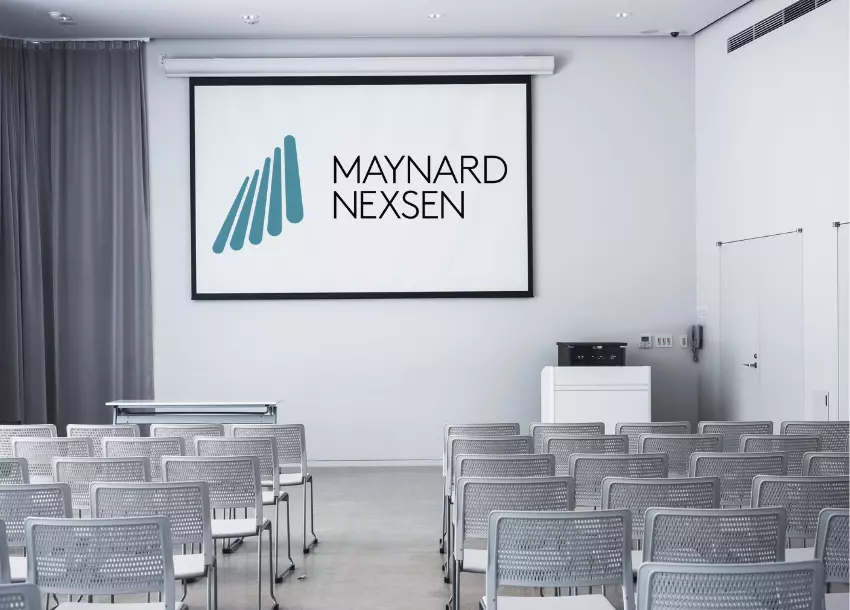Rage Against the Machines? Workplace AI Automation and Wage and Hour Compliance
By: Giles M. Schanen Jr. and Michael DiLiello[1]
As artificial intelligence (AI) technology has proliferated, businesses have begun using AI-based systems for a variety of purposes. With respect to human resources (HR) management, AI-powered systems can help employers streamline HR processes, improve workplace efficiency and safety, and increase employee accountability. However, as recent guidance from the U.S. Department of Labor (DOL) Wage and Hour Division (WHD) explains, employers should avoid using such systems without proper implementation and oversight, as doing so may expose employers to liability under various federal employment statutes. In addition, while outside the scope of the DOL guidance, employers should ensure that any AI systems used in the workplace comply with all applicable state and local laws.
The DOL’s Field Assistance Bulletin
On April 29, 2024, the DOL issued a Field Assistance Bulletin on the use of AI systems in the workplace and the interaction between such systems and federal employment laws. The DOL Bulletin, which was directed to WHD field staff, explains in detail how the use of AI technology can implicate the Fair Labor Standards Act (FLSA), which requires employers to pay minimum wage and overtime to employees for all hours worked and to comply with recordkeeping requirements. The DOL Bulletin also addresses the interplay between AI technology and other federal employment laws, including the Family and Medical Leave Act (FMLA), the Providing Urgent Maternal Protections for Nursing Mothers (PUMP) Act, the National Labor Relations Act (NLRA), and the Employee Polygraph Protection Act (EPPA). The DOL Bulletin recognizes the value of AI-powered tools in the workplace, cautions that federal employment laws still apply, and provides valuable insight into compliance issues that might arise from employers’ use of AI.
The Interaction Between AI Systems and the FLSA
AI systems can be very useful in HR functions such as tracking employee hours, monitoring productivity, and accounting for breaks. For example, AI tools are capable of analyzing employee activity through data points such as:
- computer keystrokes;
- mouse clicks;
- internet activity;
- presence in front of the computer’s web camera;
- eye tracking software; and
- employee locations.
AI systems can use this data to determine how much employees are actually “working” as compared to the amount of time they spend “idle.” In addition, some AI systems use such data to adjust employee schedules in real time to balance employee workload or adjust the hourly rate of pay to account for the specific tasks an employee performs.
While acknowledging the potential value of such AI systems, the DOL cautions against employers relying on them exclusively to determine employee pay, as doing so may result in FLSA violations. For example, if an AI system incorrectly categorizes an employee’s work hours as non-compensable because of the system’s assessment of the employee’s productivity or performance, it could result in a failure to pay the employee wages for all hours worked in violation of the FLSA. Likewise, if an AI system determines that an employee is “idle” during a “short break” (a break of 20 minutes or less that is generally recognized as compensable under the FLSA (see 29 C.F.R. § 785.18)), that break may unlawfully be captured as uncompensated time. The DOL Bulletin also points out that AI systems using predictive algorithms may mistakenly schedule unpaid lunch breaks for employees who do not end up taking them, count compensable “waiting time” (where an employee is waiting for their next task) as non-compensable, or mistakenly clock out employees when they leave a worksite to proceed to another employer location. In sum, without legally compliant implementation and proper supervision, these tools may erroneously reduce employees’ time and pay in violation of the FLSA. While the DOL recognizes that mistakes may also occur with manual timekeeping systems, the use of AI systems carries an increased risk that such mistakes could become systemic, potentially exposing employers to greater liability for repeated violations.
The Interaction Between AI Systems and Other Federal Employment Statutes
AI tools may be used to automatically determine employees’ eligibility for FMLA leave (and other forms of available leave) and to process and track leave requests. While these tools can improve efficiency, they pose significant risks to employers if they are not properly implemented and supervised for compliance with the FMLA and other employment laws. For example, AI systems may incorrectly calculate leave eligibility, erroneously deny employees leave they are entitled to receive, or impermissibly factor an employee’s use of protected leave (or, for example, PUMP-protected lactation breaks) into personnel decisions, all of which could result in violations of federal law. As a result, the DOL recommends that a supervisor or HR professional review, validate, and monitor AI systems in the workplace to minimize the risk of violations.
The DOL Bulletin also notes that AI tools have the capability to track eye movement and “idle” time performance metrics to, for example, screen for employee truthfulness or predictively analyze if employees are likely to engage in protected activity, such as filing a complaint with WHD or unionizing. However, the DOL Bulletin cautions that the use of AI technology for such purposes could violate the NLRA, EPPA, or FLSA, among other statutes. Accordingly, employers should be very cautious in implementing AI to track or monitor employee behavior, and should consult with their legal counsel to ensure that any use of AI systems for employee surveillance or predictive purposes complies with all applicable laws.
Bottom Line for Employers
AI systems have the potential to drastically increase efficiency and streamline operations in the workplace. In addition, AI systems can assist employers in complying with the web of employment laws that apply to them. However, if not used responsibly, AI systems pose a serious liability risk to employers. In order to take advantage of the many benefits offered by workplace AI systems, it is essential that such systems be designed, implemented, and used in a manner that is consistent with not only federal statutes, but with applicable state and local laws. To ensure that the use of automated processes does not result in unintentional violations of law, employers should consult with their employment counsel regarding the implementation and use of AI systems, and should task HR professionals and other supervisors with oversight of those systems. Also, employers should maintain clear policies regarding the use of AI in the workplace, and should create a reporting and dispute process that employees can utilize to challenge payroll practices. By keeping final authorization over HR matters with the company’s supervisory employees rather than relying solely on automated systems, employers can both gain the advantages of using AI systems in their business and remain in compliance with applicable laws.
Employers who have concerns regarding the use of AI systems in their business should contact any of our Maynard Nexsen employment attorneys, who are always ready to assist our clients with their business needs.
[1] Giles Schanen is a Shareholder in the Greenville, South Carolina office of Maynard Nexsen P.C. Michael DiLiello is a rising 3L at the University of North Carolina School of Law who is currently a summer associate in Maynard Nexsen’s Greenville, South Carolina office.
About Maynard Nexsen
Maynard Nexsen is a full-service law firm of nearly 600 attorneys in 31 locations from coast to coast across the United States. Maynard Nexsen was formed in 2023 when two successful, client-centered firms combined to create a powerful national team. Maynard Nexsen’s list of clients spans a wide range of industry sectors and includes both public and private companies.








